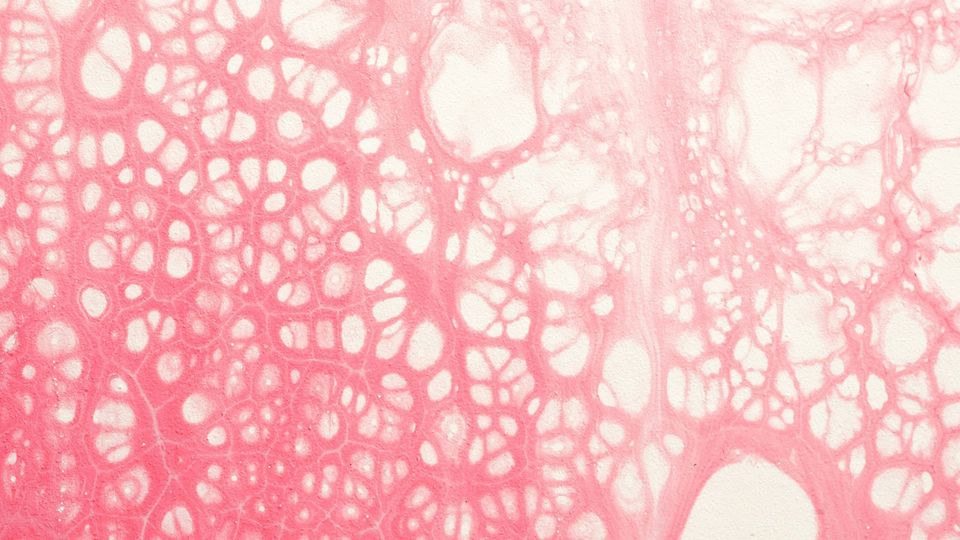How Blood Vessels Split To Grow
Researchers have visualized intussusceptive angiogenesis, where blood vessels grow by splitting in two.

Complete the form below to unlock access to ALL audio articles.
For months, Sabrina Staples stared at a silicone chip no bigger than a postage stamp, trying to coax cells into doing something remarkable.
But every time she loaded her delicate microfluidic device with cells, a single rogue bubble would sneak in, destroying the cells and the experiment.
“Often before falling asleep, I would visualize being in the channel, looking around for the source of these bubbles,” she said. “I knew if I could figure this out, we could finally get the model to work and see something no one had seen before.”
Her determination paid off. With the bubbles gone, a long-overlooked biological process came into focus.
Staples, a PhD candidate in medical biophysics, is now first author on a study published in PNAS that breaks new ground in our understanding of how blood vessels grow by splitting in two.
The process, called intussusceptive angiogenesis (IA), is a lesser-known form of blood vessel growth – complementary to the classic “sprouting” angiogenesis many of us learn about in biology class. Instead of growing new vessels like branches from a tree, IA splits an existing vessel. It's faster, more efficient, and surprisingly understudied.
“As a scientific community, we’ve focused our efforts on sprouting,” said Staples. “But we highlighted that IA is more common than its limited study suggests, occurring in wounds, cancerous tumours, and even excessively in the lungs of patients who died from COVID-19.”
That’s partly because IA is challenging to study and observe in living organisms. So Staples and her colleagues in Dr. Geoffrey Pickering’s lab engineered a “vessel-on-a-chip,” a transparent, microchannel lined with human endothelial cells and perfused with cell culture media to mimic real blood vessels. The trick was building the channel flush to a glass coverslip – close enough to capture the fine cellular movements with high-resolution microscopy.
What they saw astonished them: cells aligning distinctly from their neighbors, then snapping into bridges across the vessel’s lumen – a prelude to splitting. This bridging behavior had been captured at single timepoints, but never fully caught in action.
“It’s like watching a hidden choreography,” said Staples. “And we finally have the tools to see it unfold.”
The findings offer new insight into how blood vessels reorganize and suggest that IA could be a powerful target for therapies aimed at promoting or halting vessel growth. Staples hopes her discoveries will spur further research into the regulation of IA and help reframe how scientists can approach sophisticated human in vitro models – tools that allow researchers to study biological processes outside the body.
“Now that we can model this process on a chip, we can more reliably ask the next set of questions and with greater control,” she said.
Having just defended her PhD thesis, Staples is pursuing a career in the pharmaceutical and biotechnology industry, hoping to push drug discovery targeting vascular disease and stroke.
“I’m a vascular biologist at heart,” she said. “Blood vessels are an important part of almost every tissue – skin, skeletal muscle, brain – so when they don’t work, nothing else really does."
Reference: Staples SCR, Yin H, Sutherland FSK, et al. Intussusceptive angiogenesis-on-a-chip: Evidence for transluminal vascular bridging by endothelial delamination. PNAS. 2025;122(16):e2423700122. doi: 10.1073/pnas.2423700122
This article has been republished from the following materials. Note: material may have been edited for length and content. For further information, please contact the cited source. Our press release publishing policy can be accessed here.



